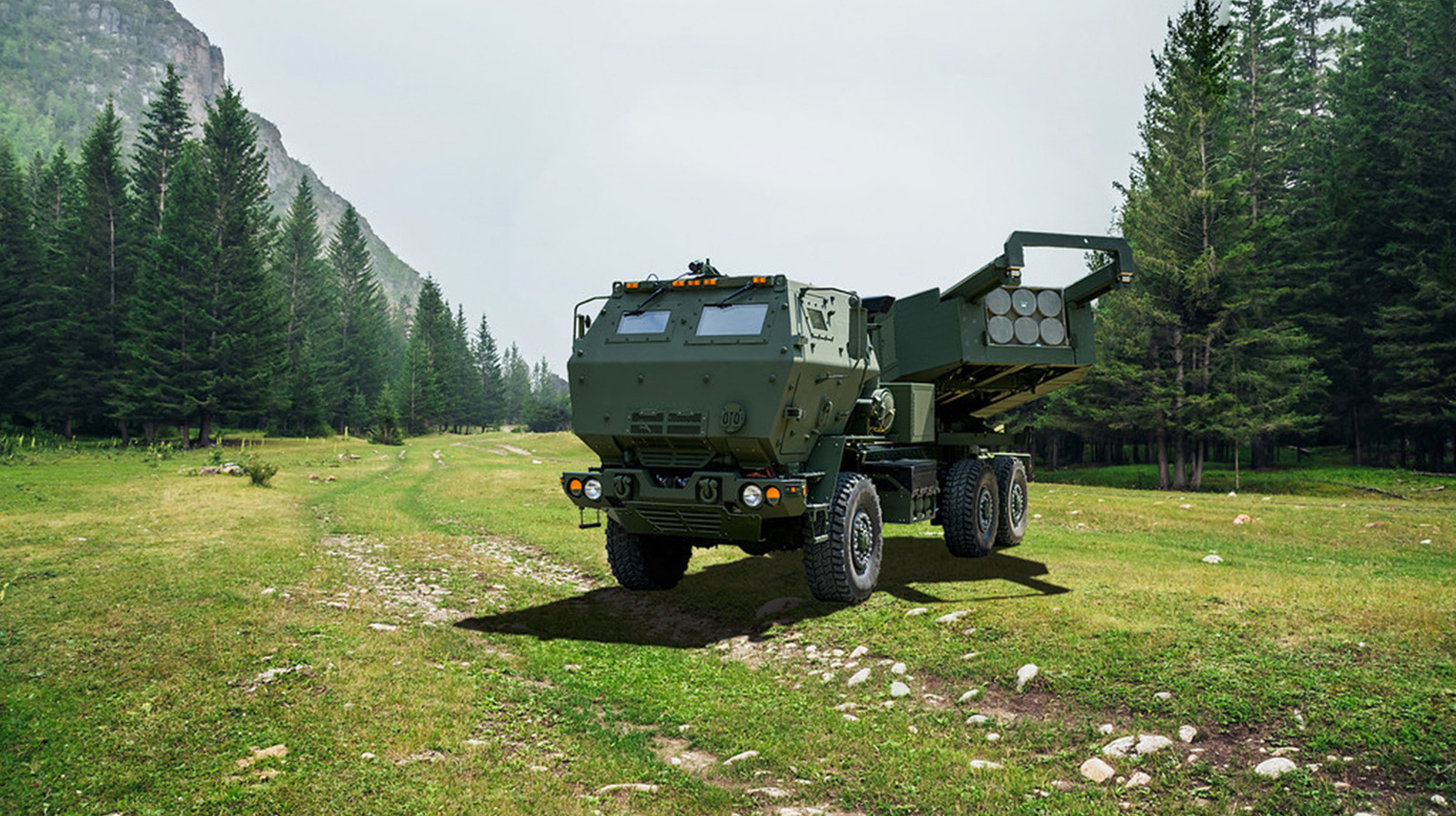Tactical missiles are relied upon by military forces around the world, and the U.S. Army’s Precision Strike Missile (PrSM) passed a series of important tests in late September 2025. Four of the Lockheed Martin-built ground-to-ground missiles were launched at targets 200km (124 miles) away on White Sands Missile Range in New Mexico and a post on the U.S. Army website states that the missiles “met all objectives for range, trajectory, accuracy, and height of burst.”
The PrSM is slated to replace the Army MGM-140 Tactical Missile System (ATACMS); both can be launched from truck-based HIMARS (HIgh-Mobility Artillery Rocket System) or tracked M270 missile launchers. Test versions of the PrSM were launched from a HIMARS in December 2024 and an M270A2 in April 2025. PrSM missiles are housed in launcher pods that carry two missiles each — a HIMARS launcher carries one pod and the M270 can pack two. The older ATACMS launchers could only hold one missile in each pod, but HIMARS’ ability to carry twice the firepower with PrSM is only one advantage to the upgrade.
Increased missile range keeps soldiers safe
The PrSM promises to be effective and accurate over a much longer distance than its predecessor, which makes the recent tests important. Early ATACMS systems were good at up to 100km (62 miles), but current ones have a range of around 300km (186.4 miles). PrSM missiles could someday accurately strike targets as far away as 400 km (about 248.5 miles); they’re the latest in a line of long-range missiles that began with the Cold War-era Lance system. HIMARS launchers can hold six highly accurate Guided multiple Launch Rockets or one long-range tactical missile, and PrSM allows HIMARS crews to fire from positions further away from enemies than they could with the outgoing ATACMS system.
That’s an immediate way to reduce risk of personnel and equipment loss, and greater range means better accuracy at shorter distances. Lockheed Martin reached out to Northrop Grumman to build rocket motors for PrSM missiles, and the new propulsion system was tested in early 2022. At the time, Northrop Grumman VP of missile products Rebecca Torzone made the claim that “Our new motor delivers enhanced performance that translates to increased weapon load out and standoff for our warfighters” Another of the PrSM’s important features will help meet those same two goals.
The PrSM can be a drone slinger
Drones are increasingly becoming more important to military forces around the world, prompting an array of anti-drone tactics. Ukraine’s civil air patrol is using WWII-era prop planes to take out Russian drones, and Germany is counting on the Skyranger ground-to-air turret. The U.S. military has relied on drones heavily in recent conflicts, and the PrSM will help boost its offensive and defensive drone capabilities. The PrSM is currently capable of launching anti-drone weaponry and could be adapted to launch attack drones like the Raytheon Coyote pictured above. These craft could be loaded with Northrop Grumman’s Hatchet bombs, which weigh about 6 pounds and have GPS targeting capabilities.
These highly maneuverable weapons also have adaptive fusing to optimize detonation timing, and they’ll allow forces to attack with smaller drones while boosting the firepower of larger ones. Launching drones with the new PrSM HIMARS missile launchers is a two-layered strategy to keep soldiers and pilots out of harm’s way while enhancing their ability to reach far-away targets. Northrop Grumman also says it will continue to develop the Hatchet’s targeting system, which is already accurate to under 2m (about 6 feet 7 inches). If these weapons can be reliably delivered to targets a couple hundred miles away, the U.S. military could have a distinct edge on the modern battlefield.


